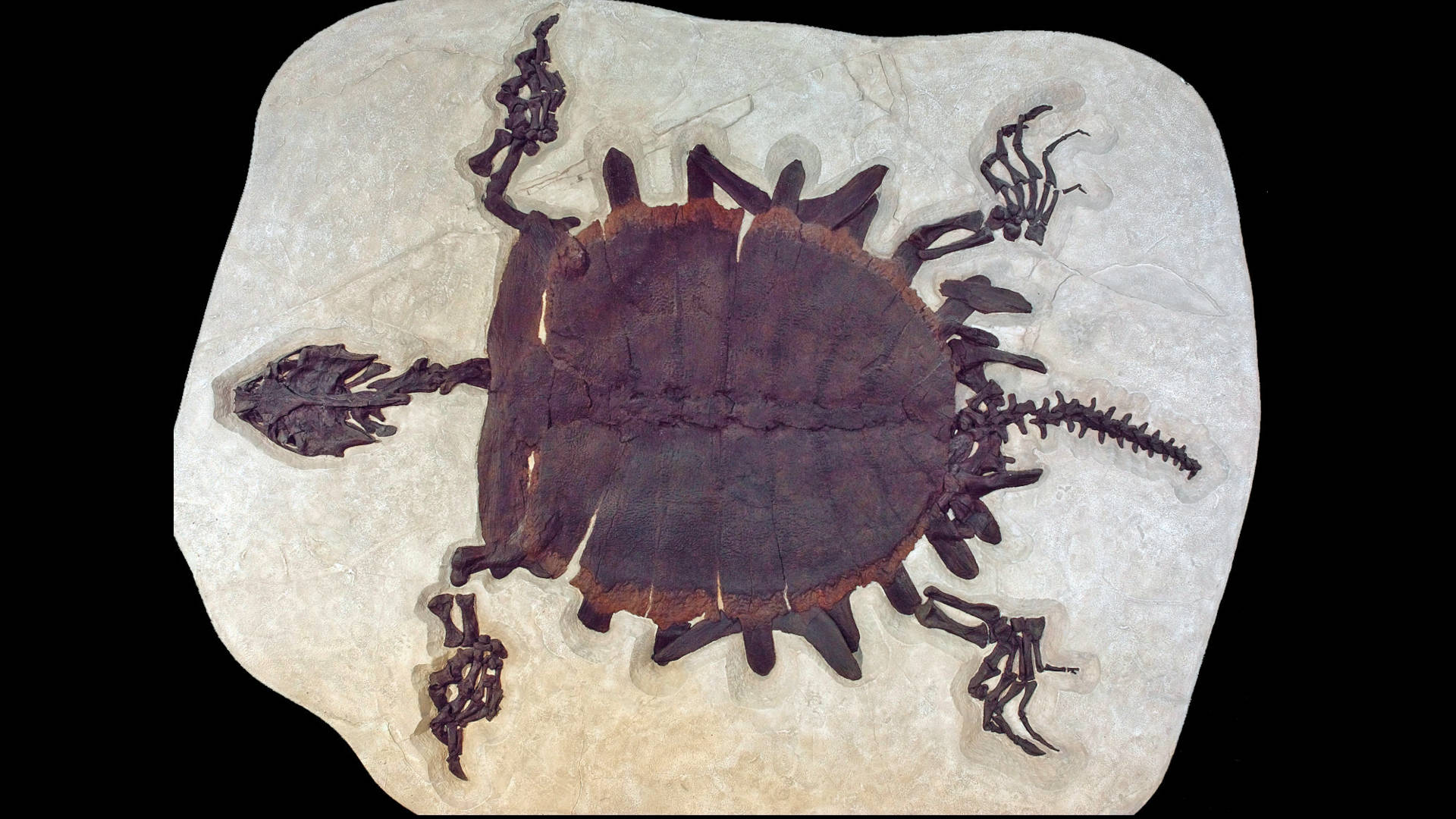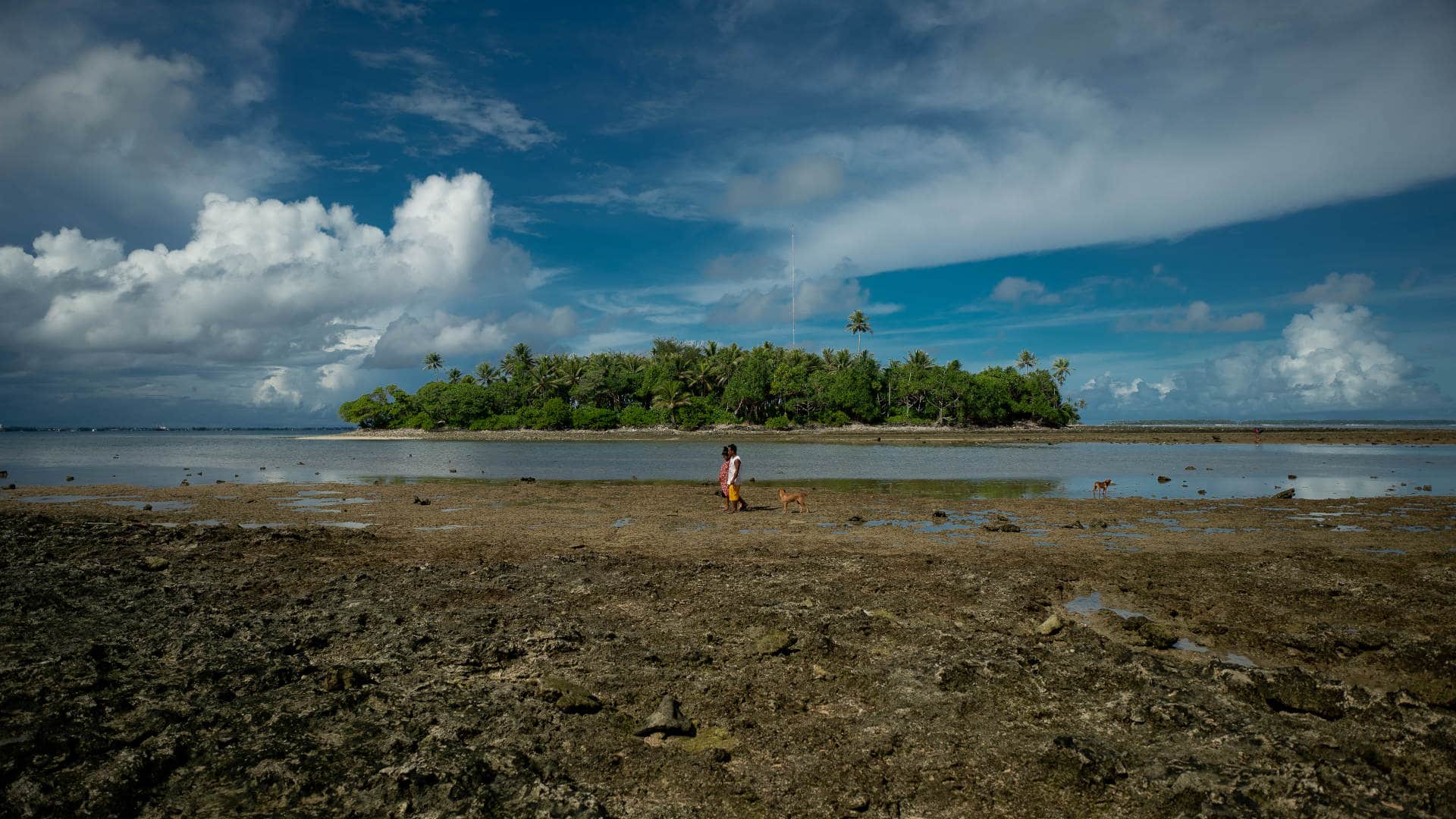How do you like your science writing served?
Some of us are omnivores, nose-to-tail gourmands who want as much information presented to us as we can load onto our plates. Others want our science served like a fancy gourmet meal, a little light, perhaps, but beautifully plated.
Two recent books illustrate the distinction: “Some Assembly Required: Decoding Four Billion Years of Life, from Ancient Fossils to DNA” by Neil Shubin and “Footprints: In Search of Future Fossils” by David Farrier.
Shubin, the Robert R. Bensley Professor of Organismal Biology and Anatomy at the University of Chicago, is provost of the Field Museum of Natural History, and he gives us the smorgasbord: a rich guide to the science of evolution in the age of DNA analysis. Farrier is a professor of literature and the environment at the University of Edinburgh, and his offering is a more literary work of quiet grace. Neither is an extreme example of the form — after all, these categories aren’t mutually exclusive. But they are very different, and tuned to the tastes of different readers.
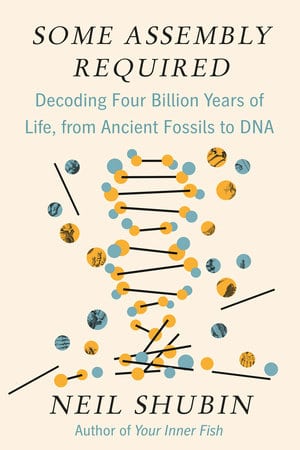
BOOK REVIEW — “Some Assembly Required: Decoding Four Billion Years of Life, from Ancient Fossils to DNA” by Neil Shubin (Penguin Random House, 288 pages).
Let’s start with Shubin, a longtime trusted guide to evolutionary science. One of his previous works, “Your Inner Fish,” was turned into a series on PBS that first aired in 2014. In his latest book, he presents a jam-packed history of discovery in the field, and of his personal evolution as a scientist as well.
From the first words, Shubin wants you to know that he is the genuine article: A scientist for whom “decades spent cracking rocks have changed the way I see living things.” He is also, if you’ll pardon the expression, a rock star: His fossil treasure hunts led him to find Tiktaalik rosae, an ancient fish with a neck, elbows and wrists that helps us understand when the very first fish strolled out onto the land.
In the mid-1980s, his career added a track. A fellow graduate student left a stack of articles on his desk that described how scientists were beginning to discover the parts of DNA that help make parts of bodies: the heads, wings, and antennae of flies. “That fact alone was incredible, but there was more: Versions of the same genes were making the bodies of fish, mice, and people.” He suddenly saw the outlines of what he called “a new science, one that could explain how animals are assembled in the embryo, and how they evolved over millions of years.”
He had been looking for answers to the mysteries of evolution in rocks. Now, he saw, there were also answers within our cells. Therein lay a promise — and a threat. “Like fossil species in our past, I was going to have to evolve or go extinct,” he writes.
And so he did, spending his summers fossil hunting, and the rest of the year examining embryos and DNA, drawing the two seemingly disparate fields together to ask a fundamental question: “How do changes in the history of life come about?”
Shubin is out to challenge misperceptions that many people have about the evolution of some of the biggest changes species have undergone, and with a measure of puckishness. “If you think feathers arose to help animals fly, or lungs and legs to help animals walk on land, you’d be in good company,” he tells us. “You’d also be entirely wrong.”
These functions arise more gradually, and for different reasons, than simple logic and guesswork would suggest. He borrows one of the basic tenets of the book from the playwright Lillian Hellman, who once asserted, “Nothing, of course, begins at the time that you think it did.”
Extending the thought, he then tells us that “the not-so-hidden secret is that biological innovations never come about during the great transition they are associated with.” So feathers did not emerge at the time of flight, and limbs did not pop out of the bodies of aquatic creatures as they prepared to hit the shore. Instead, he tells us, “Massive change came about by repurposing ancient structures for new uses. Innovations have antecedents that extend deep in time. Nothing ever begins when you think it does.”
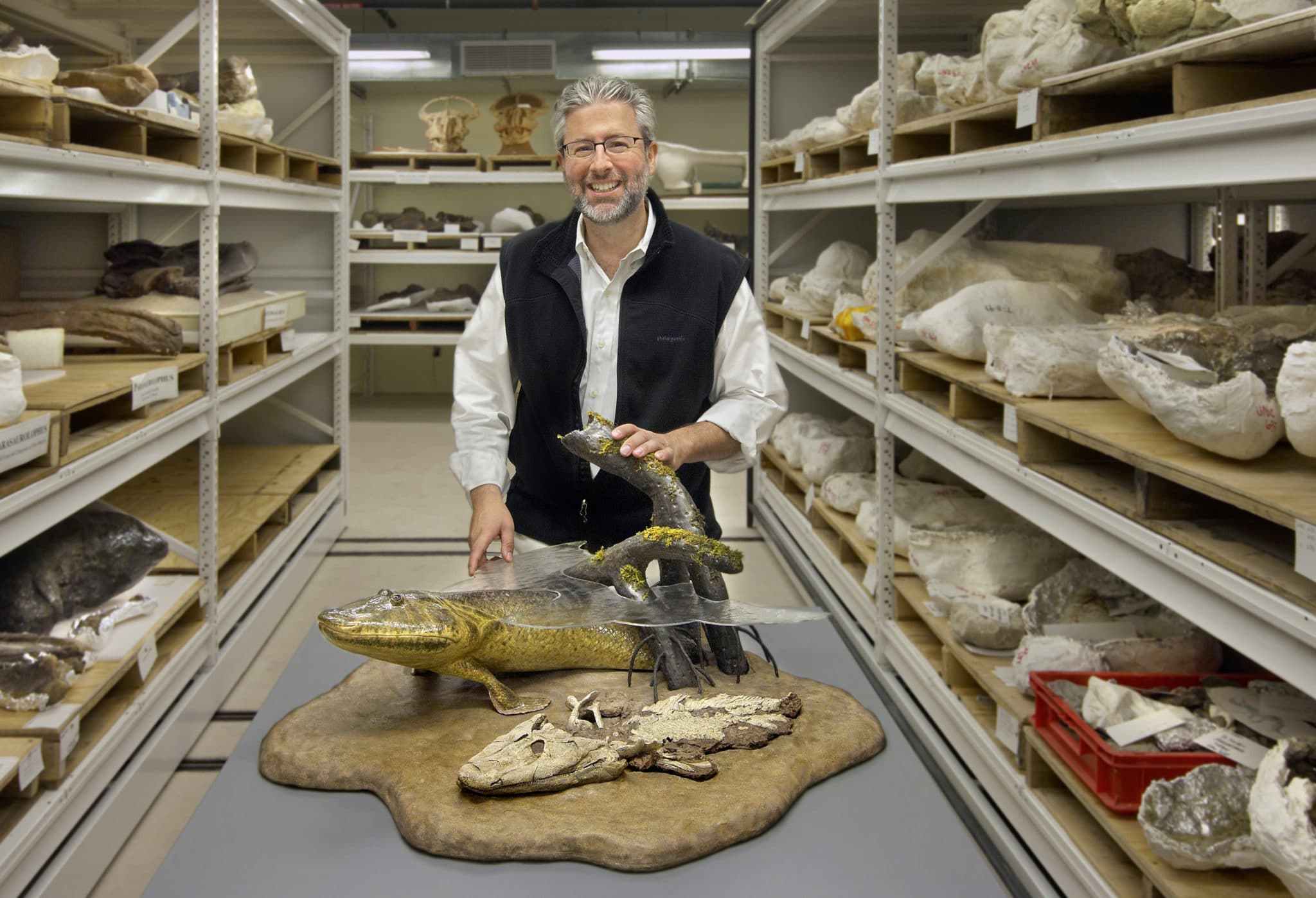
What’s more, these ideas are not new: He notes that Charles Darwin suggested that many evolutionary changes occur in the function of structures in the body that already exist. “Many of the changes that allowed animals to live on land came about earlier while fish were living in water. Every major revolution in the history of life followed the same path.”
So where do lungs come from? Fish have swim bladders; some fish developed networks of blood vessels in those swim bladders; they became lungs, which proved useful when oxygen levels in the waters around them dropped. They could surface for a gulp of air. When it came time to leave the water, they had a handy lung ready to put to work. Experts know all this. For those with less knowledge, it can all be pretty mind blowing.
What follows is a guided tour of evolutionary science, genes with names like sonic hedgehog, oddball creatures, and some oddball scientists as well.
Sometimes the sheer number of researchers whose work he discusses blurs in the brain; he’s trying to cover a lot of ground here. But the prose is brisk, and lovely analogies grace the pages. In one passage, he talks about the genes that act as switches, instructing other genes to turn their functions on or off. When he describes the startling finding that the switch that controls the sonic hedgehog gene is almost a million DNA bases away from the gene itself, he writes that “It was like finding the switch for a light in a living room in Philadelphia in a garage in suburban Boston.” As for the way that genes influence our four trillion cells, he tells us, “always coiling, uncoiling, and folding, our DNA is like an acrobatic maestro, a conductor of development and evolution.”
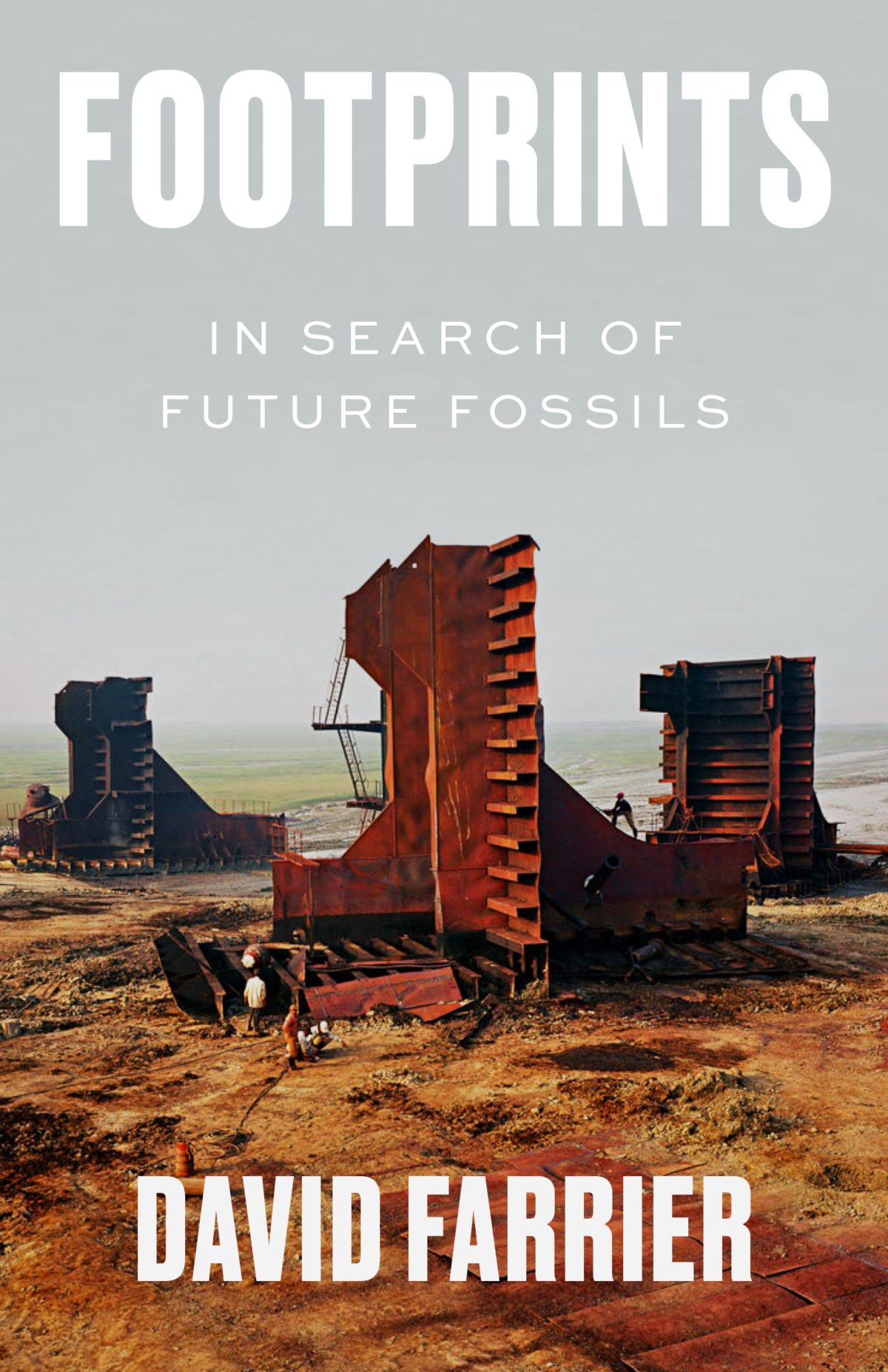
BOOK REVIEW — “Footprints: In Search of Future Fossils” by David Farrier (Farrar, Straus and Giroux, 320 pages).
In “Footprints,” Farrier begins with the barest of footprints: impressions left by early humans on the Norfolk coast in England that were revealed after a storm in 2013 stripped away the sand “to reveal a section of laminated silt flecked with dozens of lozenge-shaped hollows.” They were fossilized footprints some 850,000 years old along what had been the banks of an ancient river. Within two weeks, the tide had erased the fragile impressions.
But the book is actually about much more durable records of our having been here: in the junk we leave behind, in the remnants of our roads and bridges and nuclear power plants, in the damage we’ve done to the climate and to the word’s species diversity, and more. His theme is straightforward: We are making a mess of the planet, and what we leave behind is our legacy, for better or for worse — and, let’s face it, mainly for worse. He takes us around the planet to show what we are doing to our future, including a near novella on the centuries-long life of a plastic bottle as it makes its way drifting through the world’s oceans.
He asks us to be mindful of our mess. “Before you begin to take this journey with me, look up from the page and imagine how the things around you — the plastic casing of your laptop and its titanium innards or the coffee cup standing beside it — might remain, even just as an impression in stone, millions of years from now,’’ he writes. “Future fossils are not just a distant prospect to be left to the patient care of geological processes or the curiosity of generations yet to be born. They touch our lives hundreds of times every day, and we can see in them, if we choose, not only who we are but also who we could be.”
It is hard to read passages like this without feeling a sense of guilt: “Our future fossils are our legacy and therefore our opportunity to choose how we will be remembered. They will record whether we carried on heedlessly despite the dangers we knew to lie ahead, or whether we cared enough to change our course.”
As Shubin’s work is chockablock with scientists, Farrier’s is just as packed, but his exemplars come from the humanities. He cites painters like Paul Klee and David Hockney, and quotes writers as varied as Italo Calvino, Ben Okri, Vladimir Nabokov, and Virginia Woolf. And why not? As he puts it, the book is “an account of what will survive us, and for that we need poets as much as we need paleontologists.”
The fact that Farrier is not a scientist sometimes shows through the work: He makes broad, doom-and-gloom statements that don’t quite line up with the more nuanced findings of those who do the science. He states at one point that tropical storms “are becoming more common and more violent,” but that’s not quite right. Scientific research has suggested that storms will get stronger and more frequent as the planet warms, but has long been split on the extent to which it’s already happening. They are more dangerous on several levels — they bring more rain, for example — but greater frequency of storms has yet to be established, despite crazy-busy storm seasons like this one.
He also states that “there is no recorded instance of a significant ecosystem recovering once it becomes a dead zone,” but there’s evidence that the process can, with proper management, be reversed.
Still, “Footprints” is a moving work, and a call to think beyond our own lives to the persistence of the damage we are doing today. “Future fossils show us that we aren’t obligated only to the generations that will directly follow ours, the children of our children’s children, but to humans who are separated from us by hundreds, even thousands of generations,” he writes. “These are people whose languages and cultures will be wholly alien to what we know or can imagine, but who may have to live in a world still warped by our decisions.”
Maybe those future generations will somehow find a copy of this book, preserved against all odds when our bridges have fallen but the plastic from our soda bottles still mars the seas. If so, and if they can read it, they will know: Some of us wanted to try to be better.
John Schwartz writes about climate change for The New York Times. He is the author of “This Is the Year I Put My Financial Life in Order.”










